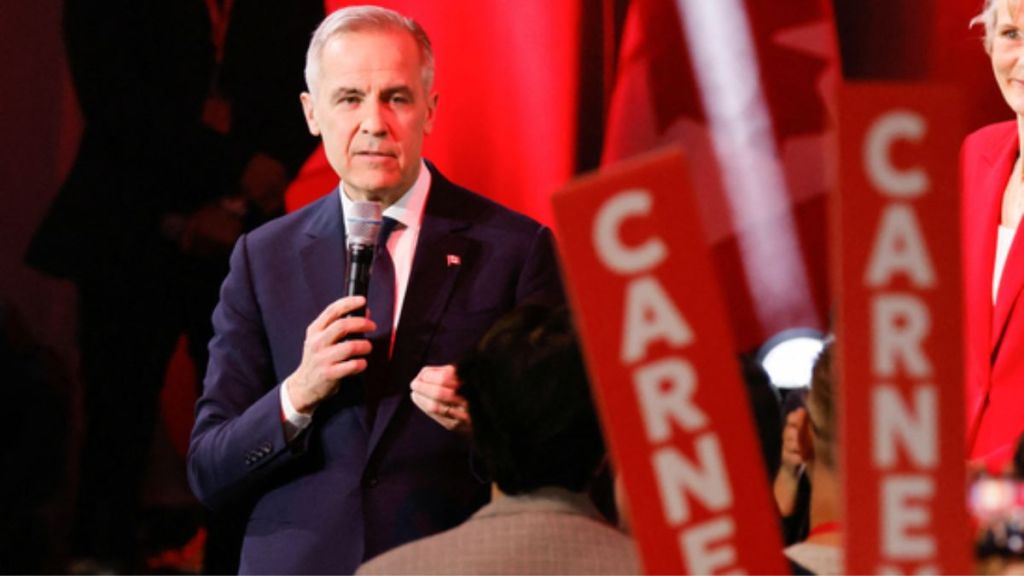Mark Carney, former central banker, was officially sworn in as Canada’s Prime Minister on Friday. The ceremony, overseen by Governor General Mary Simon, marked a historic moment, as Carney became the first Canadian prime minister without substantial political experience. Carney, 59, replaces Justin Trudeau after a decisive victory in the ruling Liberal Party’s leadership race.
Challenges ahead with the US
Carney assumed office amid escalating trade tensions with the United States. President Donald Trump’s proposed tariffs threaten Canada’s trade-dependent economy. Carney emphasised his readiness to confront these challenges, stating he would uphold retaliatory tariffs until “there is respect for Canadian sovereignty.” Efforts are underway to arrange a direct conversation between Carney and Trump, according to Canadian Foreign Minister Melanie Joly.
Cabinet reshuffle
To strengthen Canada’s international position, Carney reshuffled his cabinet. Finance Minister Dominic LeBlanc transitioned to the international trade portfolio, while Innovation Minister Francois-Philippe Champagne assumed the finance role. These strategic appointments aim to bolster Canada’s global alliances, particularly in Europe. Carney is set to travel to London and Paris next week to reinforce diplomatic ties.
Snap election
Insiders suggest Carney may call a snap election within the next two weeks, although opposition parties threaten a confidence vote if the government delays. Should an election be declared, Carney’s political actions will be restricted by convention. Current opinion polls indicate a close contest between the Liberals and the opposition Conservatives, with no clear majority in sight.
Carney’s leadership faces immediate tests, from addressing US trade challenges to maintaining political stability at home. His experience as the former head of the Bank of Canada and Bank of England positions him as a crisis manager.
(With Reuters inputs)


